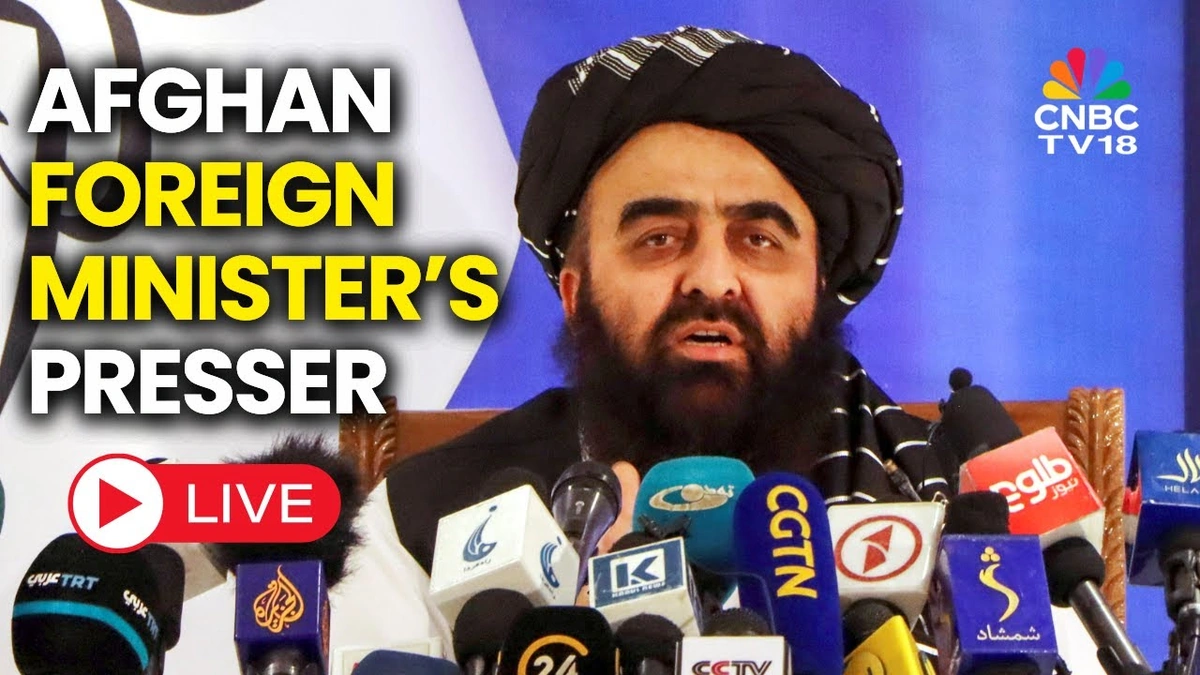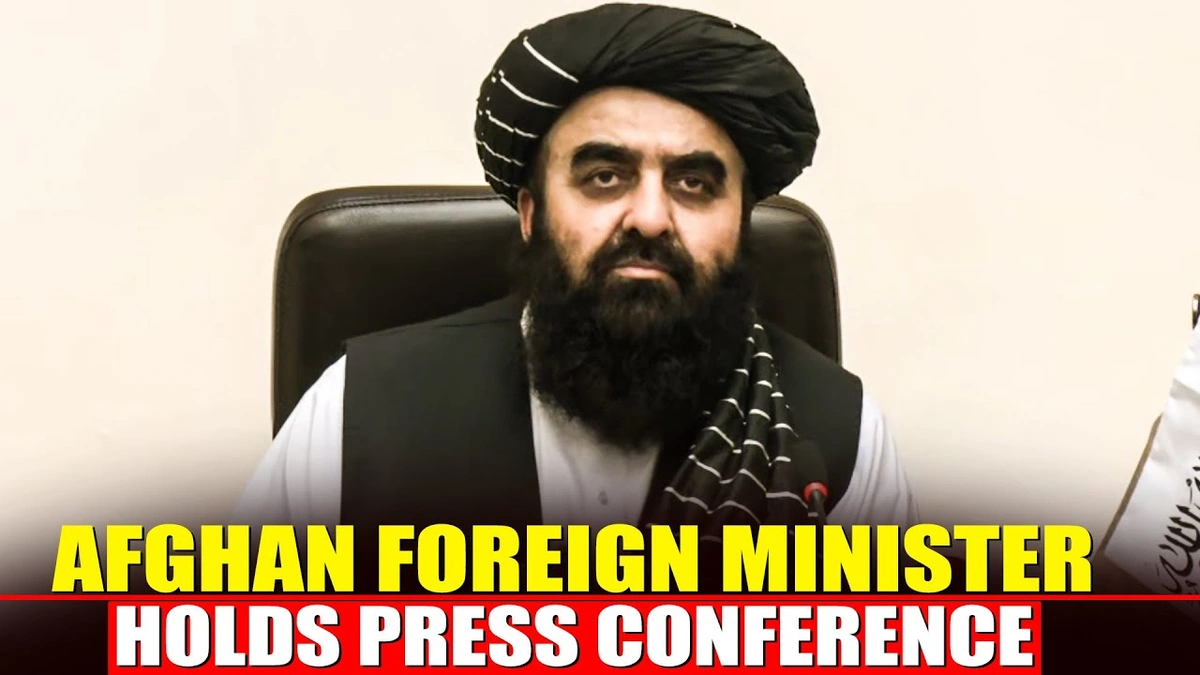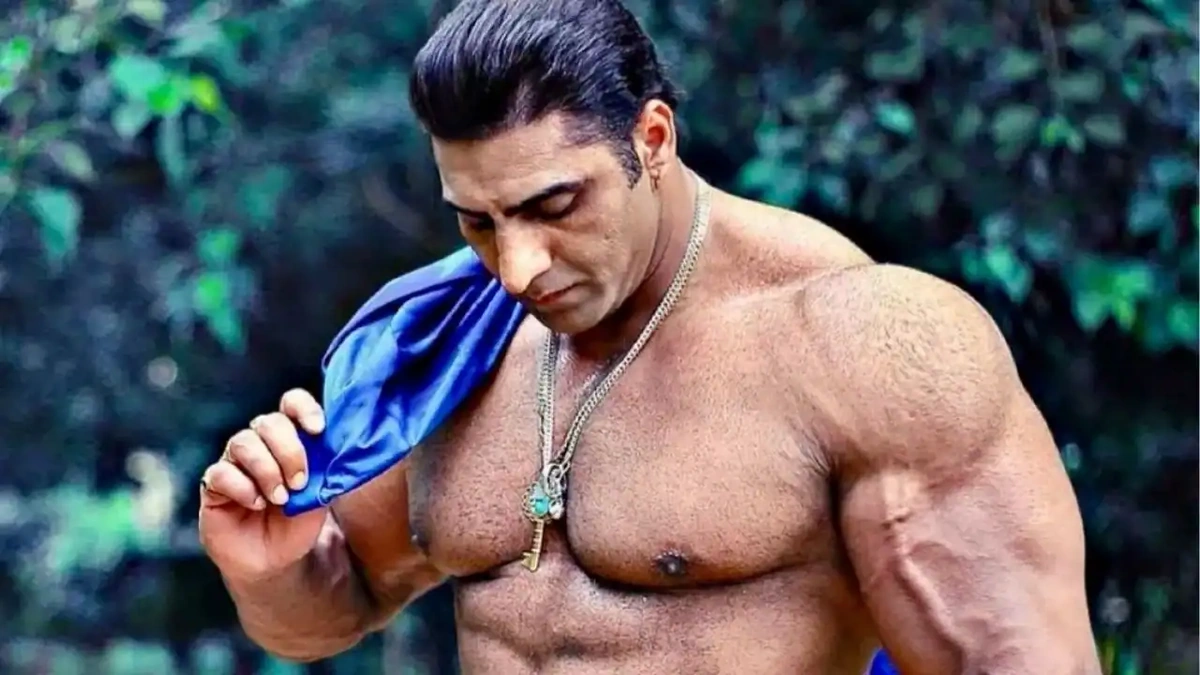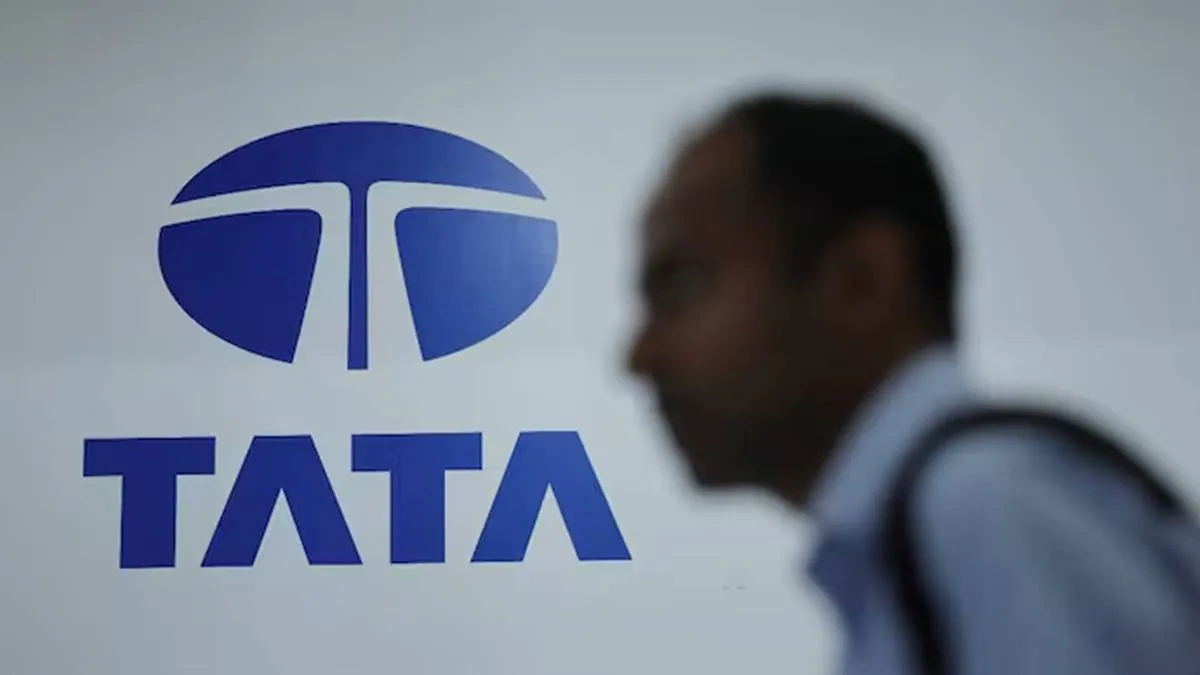Afghan FM’s New Delhi Press Conference Barred Female Journalists
The dust has barely settled, and the ripples are still spreading. Let’s be honest, the Afghan FM’s New Delhi press conference barring female journalists isn’t just a news item; it’s a statement. A loaded one. It’s easy to get caught up in the immediate outrage, but the real value is understanding the why behind it all. Why did this happen? What does it signal? And what does it mean for the future of Afghanistan, particularly for women?
The “Why” | Decoding the Message

Here’s the thing: press conferences are carefully orchestrated events. Every detail, from the backdrop to the seating arrangement, is planned. So, barring female journalists wasn’t an oversight. It was a choice. A deliberate one. And understanding that choice is crucial. You see, the Taliban, while attempting to present a more moderate face to the world, are still bound by their fundamental ideology. This incident screams that old habits die hard, and that international pressure can only go so far. It is a setback for freedom of the press and women’s rights, and has the potential to create a hostile environment for journalism.
What fascinates me is the timing. New Delhi? A nation that prides itself on its democratic values and, at least on paper, supports gender equality? This wasn’t accidental. It’s a display of power, a flexing of muscles on a global stage. A way of saying, “We’re here, we’re not changing, and we’re going to do things our way.” But, the implications are wider, with concerns over women journalists in Afghanistan and their safety.
The Ripple Effect | What This Means for Afghanistan and India
So, what does this mean for Afghanistan? Frankly, it reinforces the already grim reality for women there. Access to education, employment, and even basic freedoms has been drastically curtailed. This incident sends a chilling message that their voices don’t matter, their presence isn’t welcome, and their contributions are irrelevant. It is a blatant disregard for basic human rights. And let’s be honest, the international community’s response has been lukewarm at best. But, what about India? India has historically maintained a complex relationship with Afghanistan, trying to foster ties while navigating the political landscape.
But it does raise a few uncomfortable questions. How do you engage with a regime that actively suppresses women’s rights? What compromises are acceptable in the name of diplomacy? And at what point do you draw the line? This particular instance underscores the difficulties in engaging with the Taliban leadership and is particularly concerning considering India’s regional standing. Previous events highlight the complex situations in Afghanistan. The reality is that the global community must continue to hold the Taliban accountable for their actions.
Beyond the Headlines | The Human Cost
It’s easy to get lost in the political analysis, but let’s not forget the human cost. Behind every headline, there are real people – in this case, Afghan female journalists who were denied the right to do their jobs. These are women who risk their lives every day to report the truth, to amplify the voices of the marginalized, and to hold power accountable. And they were silenced, not in some remote corner of Afghanistan, but in a press conference in New Delhi. This is an act of symbolic violence, a way of erasing their existence and diminishing their importance. I think press freedom is important to any democracy.
And it’s not just about these specific journalists. It’s about the message it sends to all women in Afghanistan, and to all journalists around the world who are fighting for a free and fair press. It’s a reminder that the fight for equality is far from over, and that we can’t afford to be complacent. The incident has led to condemnation from human rights organizations around the globe. So, now what?
The Way Forward | Holding the Line
Here’s the thing, easy answers are nonexistent, but silence isn’t an option. The Indian government needs to clearly condemn the exclusion of female journalists. International organizations must increase pressure on the Taliban to respect basic human rights. And we, as individuals, need to amplify the voices of Afghan women and support organizations that are working to empower them. It’s about making sure their stories are heard. It’s about showing them that they’re not alone. And it’s about refusing to accept a world where women are silenced and marginalized. The recent events in Himachal Pradesh have also brought to light the critical importance of free press.
The Afghanistan political situation has many people worried about the future.
FAQ Section
Frequently Asked Questions
Why were female journalists barred from the press conference?
While the official reason is unclear, it’s widely seen as a reflection of the Taliban’s restrictive policies towards women and their desire to control the narrative.
What has been the international response to this incident?
Many organizations and individuals have condemned the action, calling for greater respect for women’s rights and press freedom in Afghanistan.
How does this affect the relationship between India and Afghanistan?
It creates a diplomatic challenge, forcing India to balance its engagement with the Taliban with its commitment to democratic values and women’s rights.
What can be done to support Afghan female journalists?
Supporting organizations that provide training, resources, and protection to female journalists in Afghanistan is crucial. Amplifying their voices and stories is also important.
What are the long-term implications for women in Afghanistan?
The incident reinforces concerns about the erosion of women’s rights and freedoms under the Taliban regime, potentially leading to further restrictions and marginalization.
How can individuals make a difference?
By raising awareness, supporting relevant organizations, and advocating for policies that protect and empower women in Afghanistan, individuals can contribute to positive change.
This isn’t just about one press conference. It’s about the bigger picture. And it’s about choosing to stand on the right side of history.













